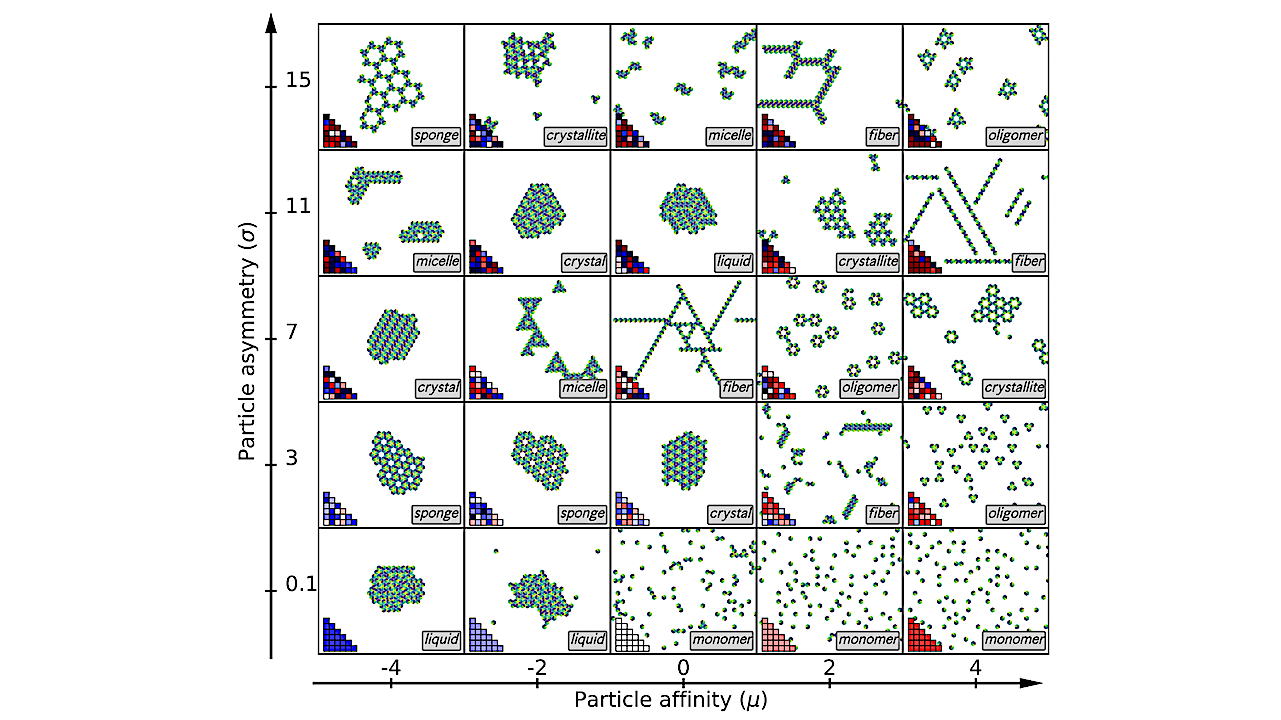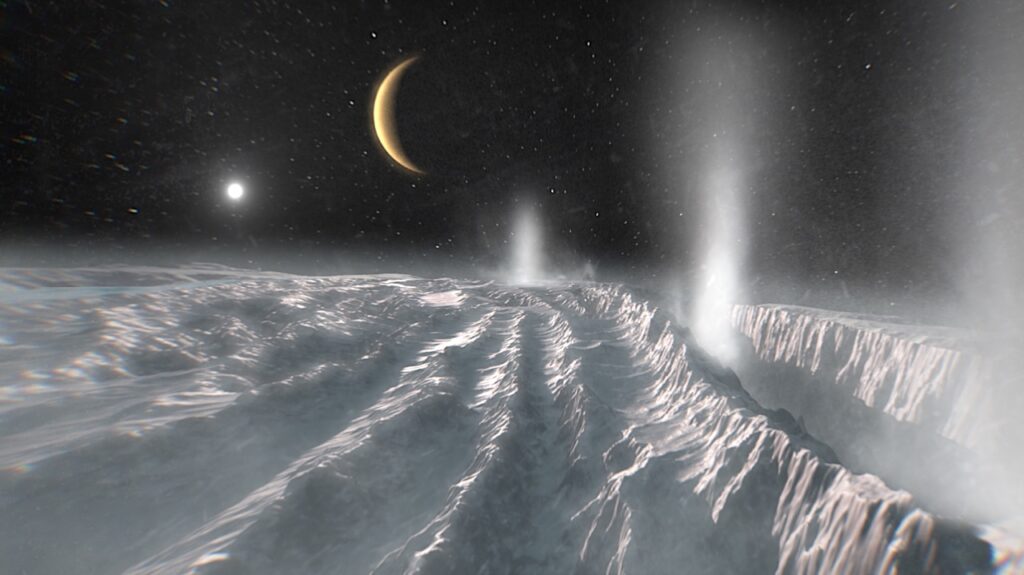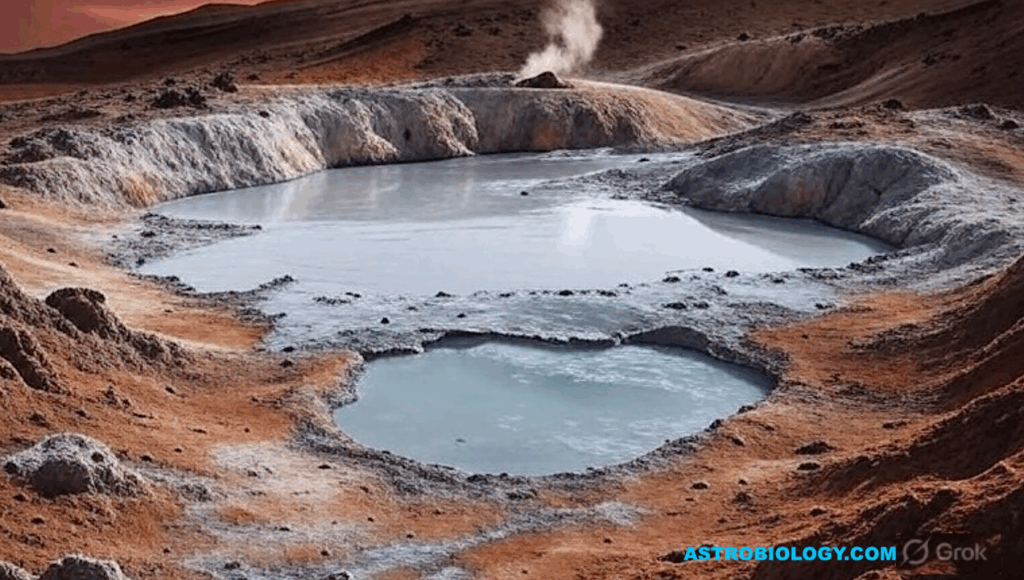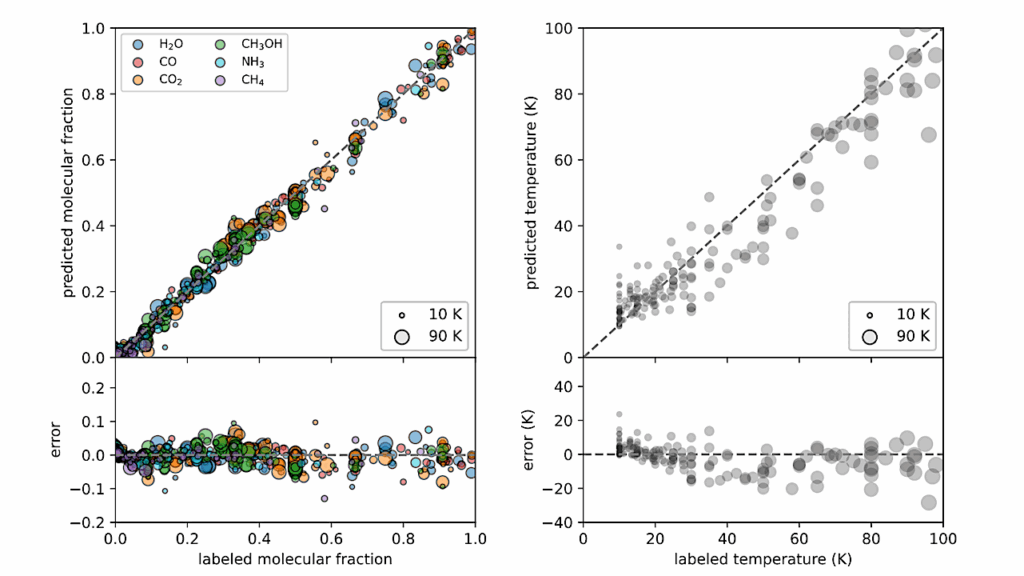How Do Particles With Complex Interactions Self-assemble?

In living cells, proteins self-assemble into large functional structures based on specific interactions between molecularly complex patches.
Due to this complexity, protein self-assembly results from a competition between a large number of distinct interaction energies, of the order of one per pair of patches. Current self-assembly models however typically ignore this aspect, and the principles by which it determines the large-scale structure of protein assemblies are largely unknown.
Here, we use Monte-Carlo simulations and machine learning to start to unravel these principles. We observe that despite widespread geometrical frustration, aggregates of particles with complex interactions fall within only a few categories that often display high degrees of spatial order, including crystals, fibers, and micelles. We then successfully identify the most relevant aspect of the interaction complexity in predicting these outcomes, namely the particles’ ability to form periodic structures.
Our results provide a first characterization of the rich design space associated with identical particles with complex interactions, and could inspire engineered self-assembling nanoobjects as well as help understand the emergence of robust functional protein structures.
Lara Koehler, Pierre Ronceray, Martin Lenz
Comments: 12 pages, 10 figures. Supplementary Information: 19 pages, 15 figures
Subjects: Soft Condensed Matter (cond-mat.soft); Biological Physics (physics.bio-ph)
Cite as: arXiv:2312.06350 [cond-mat.soft] (or arXiv:2312.06350v1 [cond-mat.soft] for this version)
https://doi.org/10.48550/arXiv.2312.06350
Focus to learn more
Submission history
From: Lara Koehler
[v1] Mon, 11 Dec 2023 12:55:50 UTC (5,880 KB)
https://arxiv.org/abs/2312.06350
Astrobiology








